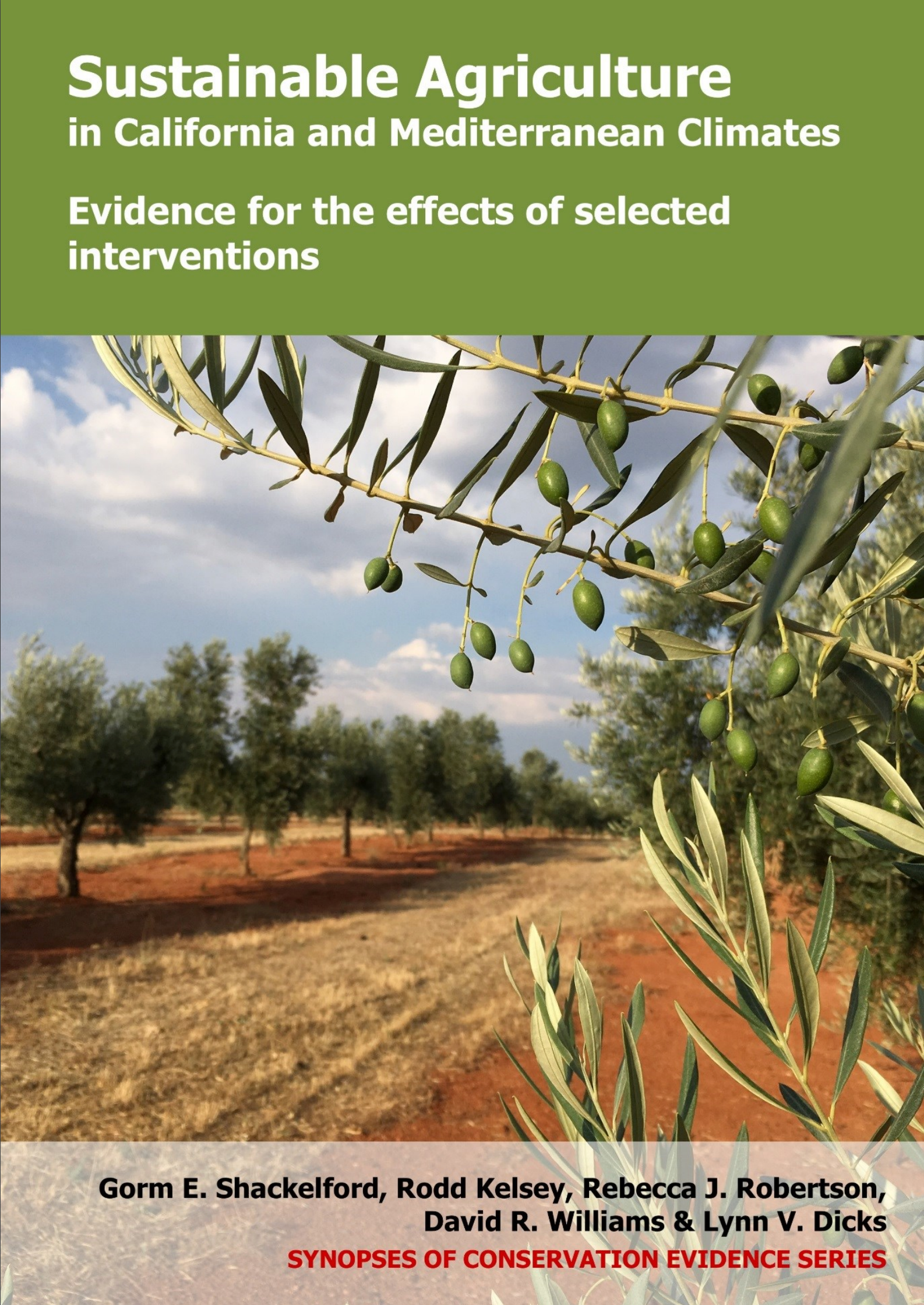Pest regulation: Exclude grazers
-
Overall effectiveness category Unknown effectiveness (limited evidence)
-
Number of studies: 1
View assessment score
Hide assessment score
How is the evidence assessed?
-
Effectiveness
0% -
Certainty
10% -
Harms
35%
Study locations
Supporting evidence from individual studies
A site comparison in 1991 in annual grassland on the Central Coast, California, USA, found more signs of pocket gophers Thomomys bottae in ungrazed sites, compared to grazed sites. There was a correlation between gophers and plant species in grazed sites, but not in ungrazed sites. Pest damage: In grazed sites, fewer plant species were found where there were more gophers. However, in ungrazed sites, no relationship was found between gopher numbers and plant numbers (data reported as statistical results). Pest numbers: More signs of gopher activity were found in ungrazed sites, compared to grazed sites (5% vs 2% cover of soil that had been dug up). Methods: European domestic cattle were introduced to Monterey County in 1770. In 1937, grazers were excluded from one landscape (the Hastings Natural History Reservation), but not from a nearby landscape. In 1991, 43 sites in the ungrazed landscape and 37 sites in the grazed landscape were sampled (methods not clearly reported, but the cover of gopher tailings was measured in 20 x 50 cm quadrats in a different part of this study).
Study and other actions tested
Where has this evidence come from?
List of journals searched by synopsis
All the journals searched for all synopses
This Action forms part of the Action Synopsis:
Mediterranean Farmland
Mediterranean Farmland - Published 2017
Mediterranean Farmland synopsis





)_2023.JPG)














